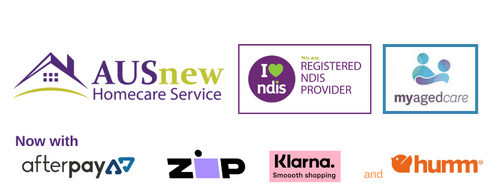How to Move Into SDA Housing with Confidence and Ease

Moving can be exciting, but it can also bring on a fair bit of stress—especially when it involves Specialist Disability Accommodation (SDA). Whether you're transitioning from a family home, hospital, or another facility, planning your move into SDA housing thoughtfully can make all the difference.
Here’s a step-by-step guide to help make your move smoother and stress-free.

1. Understand Your NDIS Plan and SDA Eligibility
Before anything else, make sure your NDIS plan includes SDA funding. This means:
-
You've been assessed as needing a specialist housing solution.
-
Your plan outlines the type of SDA you’re eligible for (e.g., High Physical Support, Robust, Fully Accessible, etc.).
Tip: If you’re unsure, speak with your Support Coordinator or Local Area Coordinator (LAC).

2. Start the Search Early
Once you're eligible, begin looking for SDA vacancies that match your needs, preferences, and location. There are online platforms that list SDA properties, or your Support Coordinator can help you explore options.
Things to consider:
-
Proximity to family, friends, or support services
-
Accessibility features
-
Type of environment (quiet, social, etc.)

3. Visit Potential Homes
Photos and descriptions help, but nothing beats seeing a place in person (or virtually, if necessary). Visits allow you to:
-
Get a feel for the space
-
Ask questions about daily routines, supports, and residents
-
Decide if the environment suits your lifestyle

4. Plan Your Supports Ahead of Time
If you're receiving Supported Independent Living (SIL), ensure your SIL provider is ready to begin services as soon as you move in. You’ll need:
-
A service agreement in place
-
Staff orientation if required
-
Any assistive technology or modifications ready

5. Organise Your Belongings Thoughtfully
Pack with purpose:
-
Label everything clearly
-
Start with essentials (medications, equipment, comfort items)
-
Create a moving checklist so nothing important is forgotten
Bonus Tip: If moving feels overwhelming, ask for help from family, friends, or a support worker.

6. Notify Services and Update Details
Be sure to update:
-
Medicare, Centrelink, and your GP
-
NDIS and service providers
-
Any other subscriptions or services
This ensures no disruptions in care or communication.

7. Give Yourself Time to Adjust
Transitions take time. Allow yourself the space to:
-
Settle into routines
-
Personalise your space
-
Get to know housemates and staff
It’s okay if it doesn’t feel like “home” right away—adjustment is a process.

8. Seek Support When You Need It
If you feel overwhelmed, talk to your Support Coordinator or a trusted person. You’re not alone—there are people ready to help make the transition easier.
Looking for SDA Accommodation?
We’re here to help. Whether you need support gathering reports, finding providers, or navigating the NDIS system, get in touch with our team. Let’s work together to help you find your perfect home.
Our team At Ausnew Home Care is here to assist you in finding the perfect living arrangement that supports your independence and well-being.
.
This article is intended for informational purposes and should not replace professional advice. Always consult with your NDIS planner or support coordinator for personalized guidance.

